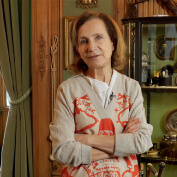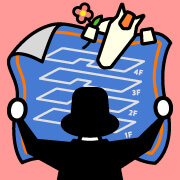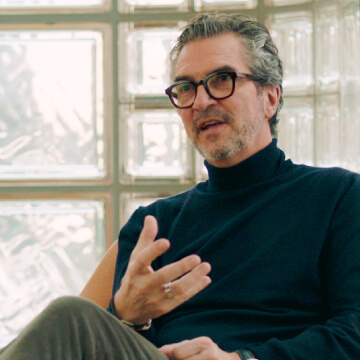Watch the video
STORY
The Flâneur of the Faubourg store
Menehould de Bazelaire du Chatelle
Director of Cultural Heritage of Hermès
Our theme this month is flâneur (one who saunters). Menehould de Bazelaire du Chatelle, the Director of Cultural Heritage of Hermès, saunters here, there, and everywhere through the Emile Hermès collection—which dates back to the 19th century—to introduce the fascinating items that can be found in it.

Flânerie as cultural preservation?
——The work of patrimony
It is our job to protect the cultural heritage of Hermès. By protect, I mean transmit, because heritage means nothing if it’s not passed on. And this transmission takes place here, in the somewhat magical museum where the Emile Hermès collection is kept at the Paris Faubourg Saint Honoré store.
It’s a place where those who desire to know the soul of Hermès can come and partake in flânerie—the act of sauntering—as they walk in the footsteps of Emile Hermès, our third-generation chairperson, and all of those who came before us. I imagine it sometimes looks like I am just wandering around, but it is an important part of the job!
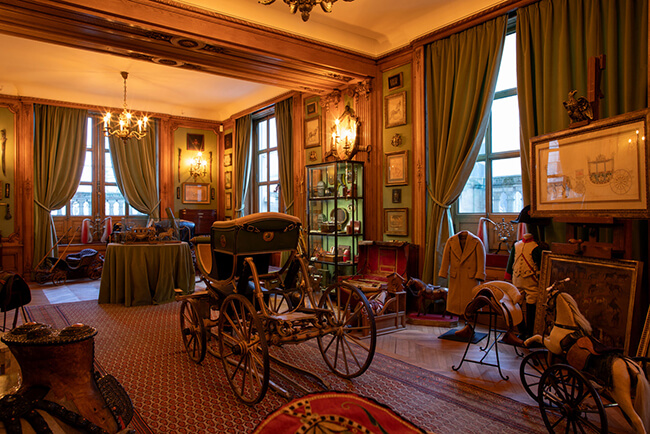
——Our impatient antiques
Emile Hermès was born in 1871. According to some accounts, he once helped deliver a riding crop to the home of a wealthy customer. The customer tipped him handsomely, and he immediately used that tip to purchase an antique. Collecting that object from the past opened his eyes to a new path in life. He saw that antiques have plenty to tell us; they wait impatiently for us to find them and listen.
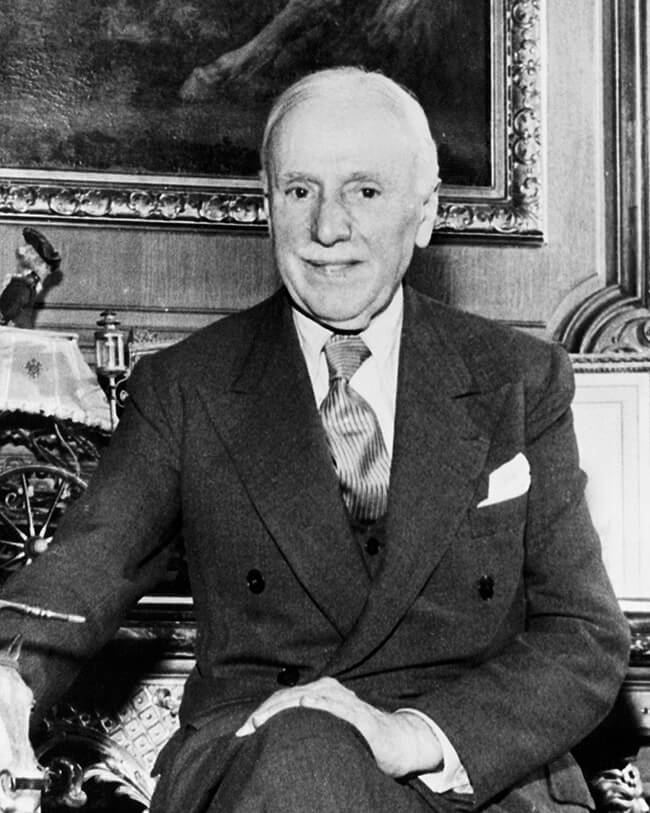

——Every nook and cranny
Alfred de Dreux has a place of honour here in the Faubourg. All of the prints on the walls are his, and they tell our story. If you take some time to look around—if you can keep yourself from getting distracted by the bags and agenda covers and small leather goods—you might look up to see an immense painting depicting a great fox hunt in the English countryside. Even though the fox is surrounded by hounds on all sides, its sly smile lets us know that it is about to give the hunters the slip.
There is also a ceramic column with a depiction of a young boy in hunting gear. His likeness can be found throughout the collection—he is Napoleon, Prince Imperial, who was the son of Napoleon III and known by the nickname Loulou. One year, Loulou received a marvellous toy for Christmas. It was the first example of a pedal-powered vehicle, patented under the name barotrope; it was a very futuristic toy at the time.
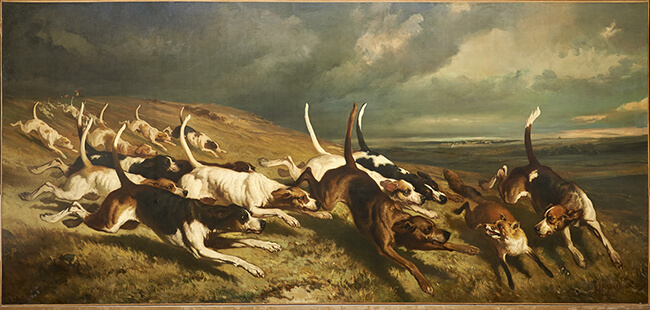
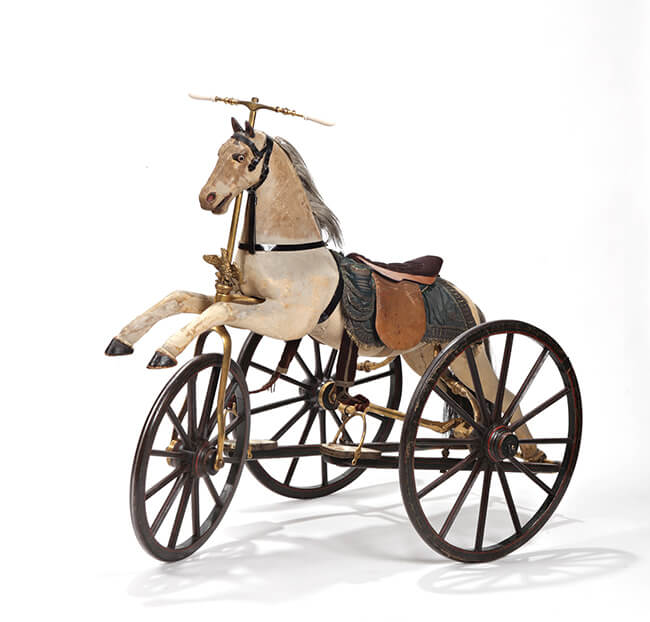

——An enduring legacy in art
Emile Hermès left us in late 1951, but that year, he invited the painter Tsuguharu Foujita to explore the collection. Foujita later incorporated Loulou’s horse-shaped tricycle into his work.
More recently, Daiske Nomura, one of the Japanese designers to work on our Carré scarves, explored the collection in search of ideas. While sauntering among the many items, he was inspired to design a scarf with an image of a sort of robotic chariot—like a 21st-century descendant of Loulou’s 19th-century barotrope. I think that particular Carré came out very nicely.
As you can see, the Emile Hermès collection is an infinite source of inspiration for creative minds around the world.


Menehould de Bazelaire du Chatelle
The Director of the Cultural Heritage of Hermès, de Bazelaire studied literature, ancient Greek and Latin, and classical history at Sorbonne University in Paris. After teaching in Paris and at the Lycée Français in New York and then working in the department of drawings at the Louvre for four years, she joined Hermès in 1986 to take charge of the Emile Hermès collection.


